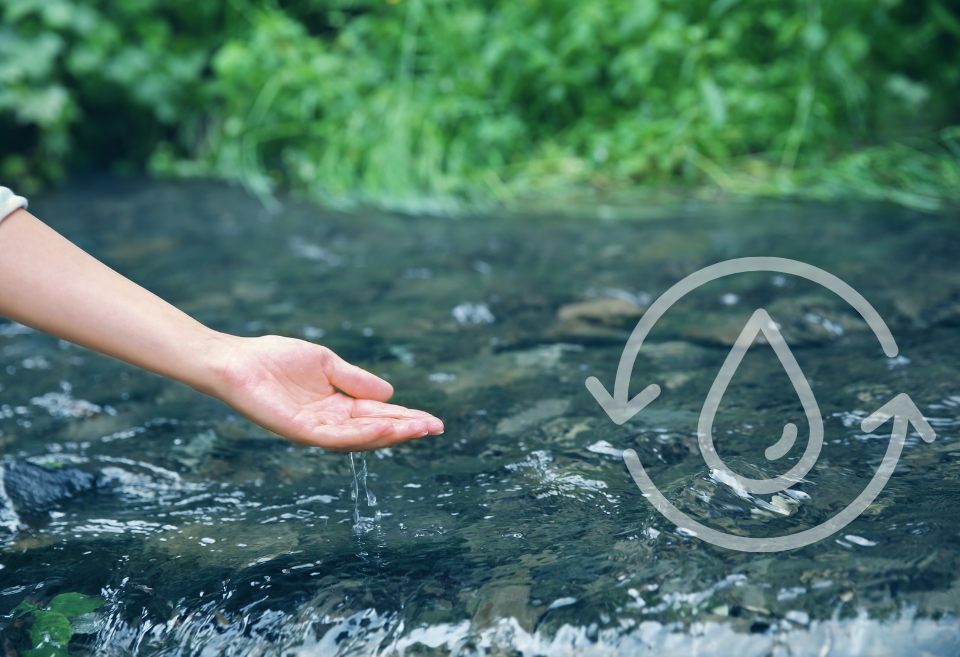Cleaning all metals with a single detergent can be challenging because different metals have varying reactivity levels and corrosion susceptibility. However, you can follow some general guidelines to clean a wide range of metals effectively.
This blog explores the considerations and guidelines for cleaning different metals. Additionally, we discuss the importance of understanding the sources and types of soils and how to select the appropriate aqueous cleaner for various cleaning processes.
Guidelines for Cleaning Common Materials
Aluminum is a commonly utilized metal in the manufacturing industry. Aqueous cleaners are effective for degreasing aluminum and typically fall into three categories. Mild alkaline cleaners are the most effective but cause slight etching. Neutral cleaners (5.5 < pH < 8.5) are less effective on heavy soil or loose oxides. Higher pH-inhibited cleaners have no etching and use silicates to prevent aluminum from dissolving.
Steel alloys heavily soiled with grease, grime, and scales are cleaned using highly alkaline or even caustic cleaners. Other types of soils, such as oils, chemicals or particulates such as salts or buffing compounds can be removed with mild alkaline cleaners. Avoid chlorides/halides as they can cause rusting and stress corrosion cracking. Rust-preventative solutions prevent corrosion over time, with varying strengths for short-term indoor storage or outdoor long-term storage.
Copper alloys cannot tolerate aggressive cleaners since they are sensitive to tarnishing by a combination of elevated pH, moisture, and temperature. Keeping the pH below 11 is essential to avoid darkening. If the temperature exceeds 130°F, neutral and mild alkaline cleaners can cause discoloration. Avoid overheating to prevent darkening due to excessively high temperatures when using hot air blow-offs.
Magnesium and its alloys frequently use water-based alkaline cleaning. This is because they are not affected by strong alkaline solutions. However, lower pH solutions can damage magnesium. These materials should be cleaned in solutions with a pH of 11 or higher. Cleaning at milder pH levels is possible but is typically limited to temperatures below 130°F.
Titanium is highly resistant to corrosion and can be cleaned using alkaline cleaners within a pH range of up to 12. Due to the chemical inertness of titanium, alkaline, caustic, and neutral cleaners have very few restrictions. Exceptions include cleaning critical aircraft turbine components, which generally require OEM approval.
Zinc in industrial cleaning applications is rarely encountered in its pure form. However, it is often the principal constituent in a zinc/aluminum alloy casting. Since zinc is a relatively active metal, it is essential to clean it with mild alkaline cleaners. For heavy-duty cleaning or removal of heavy soils, alkaline cleaners with chelating agents may be necessary.
Characterize the soils and their sources
To clean effectively, you must understand the different types of soils generated by various manufacturing processes, which can be categorized as organic or inorganic.
1. Organic soils originate from plant or animal matter and are composed of carbon-based compounds. They can include:
Oils and Greases: These are common contaminants in industrial processes and can be derived from lubricants, cutting fluids, or other sources.
Waxes and Polishing Compounds: These are often used in surface treatments to enhance the appearance and protect against corrosion.
Residues from Lubricants and Metalworking Fluids: Metalworking fluids used during machining operations can leave behind organic residues, contributing to soil buildup.
2. Inorganic soils consist of non-carbon-based compounds and can include:
Oxides and Scale: Metal oxides and scale can form during various manufacturing processes, such as heat treatment or pickling, and may require specialized cleaning methods for removal.
Metal Chips/Fines: Generated during machining or grinding operations can become contaminants and must be effectively removed.
Corrosion Products: Corrosion can result in the formation of various compounds, such as rust, that need to be addressed to ensure surface cleanliness.
Selecting the Appropriate Aqueous Cleaner
The appropriate aqueous cleaner is essential for optimizing the cleaning process when dealing with various materials in the same machine. Consider the following points when choosing a cleaner:
Cleaning Process Compatibility:
Ensure that the chosen cleaner is compatible with the specific cleaning process. Different cleaning methods may require cleaners with particular properties to achieve optimal results. Verify that the cleaner can be applied effectively using the selected process.
Types of Cleaners and Recommended Use:
Various types of aqueous cleaners are designed for specific cleaning tasks. Familiarize yourself with the different types and their recommended uses:
- Caustic Cleaners: These cleaners have a pH greater than 13 and are commonly employed for removing inorganic scales and pickling or passivating metallic surfaces. Caustic cleaners are not suitable for eliminating organic oily soils. Take caution, as these cleaners can be corrosive and require careful handling.
- Highly Alkaline Cleaners: Highly alkaline cleaners, with a pH range of 10-13, are effective in removing organic oils and greases. They are commonly used in industrial settings where heavy-duty degreasing is required. These cleaners typically contain alkaline builders, surfactants, and corrosion inhibitors.
- Mild Alkaline Cleaners: Mild alkaline cleaners have a pH range of 8-10 and are suitable for general-purpose cleaning. They effectively remove light soils and are less aggressive than highly alkaline cleaners, making them safer for everyday use.
- Neutral Cleaners: Neutral cleaners have a pH range of 6-8 and are considered gentle yet effective. They are often used on surfaces sensitive to alkaline or acidic cleaners. Neutral cleaners contain surfactants and other additives that aid in cleaning without causing damage or leaving residues.
- Acidic Cleaners: Acidic cleaners have a pH range of 1-6 and are primarily used for removing metal oxides and scales. They are not typically used for removing organic oily soils.
Final thoughts on cleaning various materials in the same machine
When cleaning different materials in one machine, choosing the right type of cleaner compatible with the cleaning process and the soil type is essential. Efficient cleaning requires the identification of soil sources and types in manufacturing processes. This will ensure that specific soils are efficiently removed without causing damage to the material.
Schedule a free consultation with the PROCECO team today.
%20(1).webp?height=400&name=Banner%20Cost%20that%20influence%20(700%20x%20350%20px)%20(1).webp)

.jpg)
